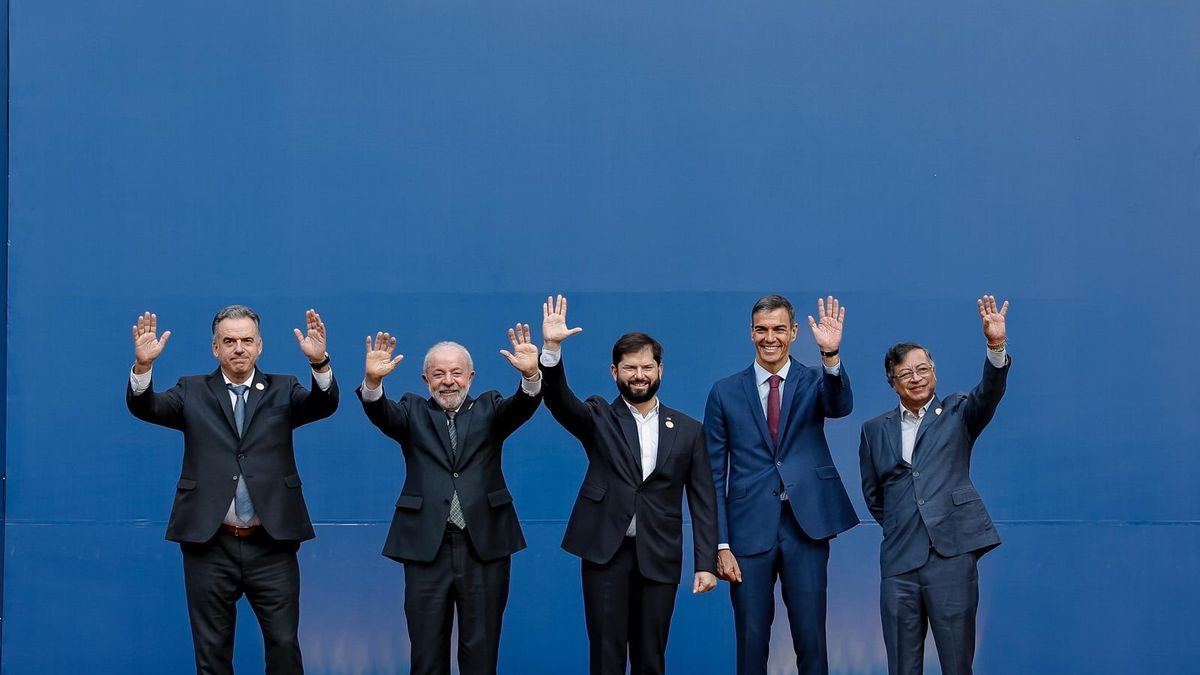The New Year’s Concert of the Bruckner Orchestra under its chief conductor Markus Poschner in the Brucknerhaus was completely untraditional. Actually, in the past few decades, people have deliberately refrained from being an equivalent to the New Year’s Concert by the Vienna Philharmonic and playing music from the Strauss dynasty. So there was a tradition of an IX for a long time. Beethoven on the first day of the year, in the last few years also very mixed programs.
This time the orchestra of the year 2019/20 did the same as the orchestra of the year 2020/21 – the Linzers played Viennese. And that’s not without good reason, as music history shows us that the Viennese waltz is a descendant of the Ländler played by Upper Austrian musicians in Vienna. The roots of all Viennese music lie – not exclusively, but crucially – in Linz. The program in Linz was almost even more traditional, as they actually only played music by the Strauss / Strauss family (the Strauss (ss) e of one and the same family actually spelled themselves differently) – from grandfather Johann to grandson Johann, the little known Son of Eduard Strauss, who continued the family tradition into the 1930s.
Waltz full of musical depth
Markus Poschner took a different path with his interpretations. Already with the overture to the “Gypsy Baron” it became clear that this was not going to be about light music, that Strauss would not only mean waltz-like dance music, but that a symphonic dimension can be discovered in these orchestral masterpieces. A quality of this music that mostly falls victim to the function reduced to dancing or is at least pushed into the background. This approach, which demands instrumental virtuosity and absolute perfection in interplay, was followed with great meticulousness, and showed a completely different – definitely more dramatic – side of the Viennese waltz kings. Equally different and sometimes dangerously celebrated by tilting was a very freely used design of the tempo, which repeatedly wavered in an absolutely coherent manner. Moments of harmonic dissolution were infinitely delayed or the tempo not only increased at the beginning of a phrase – as in the “Accellerations” waltz. Waltzes that could hardly be danced, but which gained a lot of character and musical depth. In terms of sound, there is no need to hide behind the Viennese, the “Spheres Sounds” also come across as unearthly beautiful in Linz, the unfortunately inevitable Danube Waltz even a tad more dreamy and playful more detailed.
In addition to the usual highlights and well-known waltzes, polkas, quadrilles and marches, with the polka there was quickly “Schlau-Schlau” op. 6 by Johann Strauss III. and the elegant waltz op. 101 “Paris”, which Johann Strauss I composed for a guest performance in Paris in 1837 and forced the Marseillaise, which was again tolerated at that time, into three-quarter time corset, also an encounter with the lesser-known repertoire.
Source: Nachrichten




